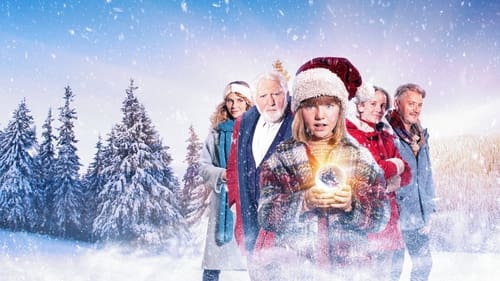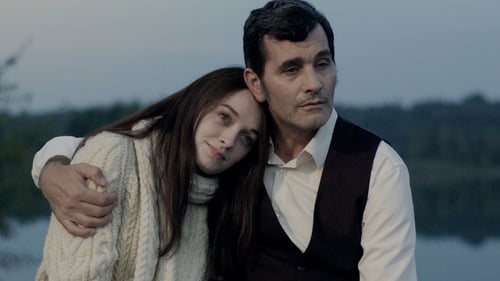
Costume Design
예전처럼 가족이 가까이 지내길 원하는 엄마는 크리스마스를 맞이해 산악 스키 여행을 준비한다. 크게 당황한 할아버지와 쥘은 '가족과 함께 보내는 시간'이라는 여행 의도가 무색하게 호텔에서 비밀리에 작전을 수행한다. 엄마는 둘을 이해하지 못하고, 오빠가 보고 싶은 노르는 모든 동생이 할 법한 일을 저지른다. 그건 바로, 대놓고 혹은 몰래 오빠가 가는 곳마다 따라가는 것. 그 결과 피할 수 없는 일이 발생하고 노르가 크리스마스 세계를 발견하게 되면서 한바탕 소동이 일어난다. 노르는 고민에 빠진다. 왜 나는 오빠처럼 산타클로스가 될 수 없는 거지?

Costume Design
산타의 유일한 임무는? 바로 선물을 배달하는 거지. 하지만 할아버지로부터 산타 임무를 넘겨받은 쥘에게 어떤 꼬마의 편지가 날아들면서 고민이 시작된다. 편지에 적힌 소원을 들어줘, 말아?

Costume Design
아픈 기억 때문에 크리스마스가 싫은 소년. 할아버지의 장난감 가게에서 신비한 장식을 발견한 후, 가족의 비밀을 알게 된다. 소년은 슬픔을 딛고, 위기에 빠진 크리스마스를 구할 수 있을까

Costume Designer
A disjointed group of colleagues gets a new manager. For his ultimate plan to enhance their working attitude, he invites them to a team building weekend.

Costume Design
The extravagantly rich Grace wants to revive a 20-year old love affair. Mark travels to Ireland, together with pushy Ronnie and pretends to be his deceased brother Michel.

Video installation, 2006, at M HKA Antwerpen 2007 “Lonely at the Top”, curators Dieter Roestraete & Grant Watson. The title of Marie Julia Bollansée’s work refers to an old Etruscan city near Rome. Tarquinia was the most important of the twelve cities of the Etruscan League and is now an archaeological site primarily known for its necropolis – an underground cemetery containing more than six thousand tombs, many of which are decorated with splendid colourful murals. However, of this partially macabre history hardly a trace can be found in Bollansée’s “Tarquinia”, a three-part projection in which a festively laid table with an ever changing line-up of guests is the central point – a picture which is loosely based on Tarquinia’s ancient wall paintings. Although associations with the iconographic tradition of the Last Supper are brought to mind, “Tarquinia” definitely plays on a different emotional register – that of a festive beginning rather than that of a majestic fatal ending.

Assistant Director
Performance, 23 September 2005, at Zoersel, Seppenshuis. Avens are relics from prehistoric times (3000 BC). They are natural cavities in the limestone soil that have been washed out by water. The early inhabitants used those cavities as a quarry from which they extracted the clay for their pottery. When the clay ran out or had become too difficult to reach these caverns were used as depositories for food. Usually an AVEN was connected to an underground vein of water. I saw AVENS like this in Cambous, Languedoc. They date from 3000 BC. "I think they’re wonderful. Time and time again it surprises me that as soon as I perform a work existing in my head, it begins to lead a life of its own. During the try-out I discovered that an AVEN could also be the crater of a blue meteor fallen from Sirius into our garden or just as likely a hole in the ground caused by the impact of a poisonous gas bomb."






